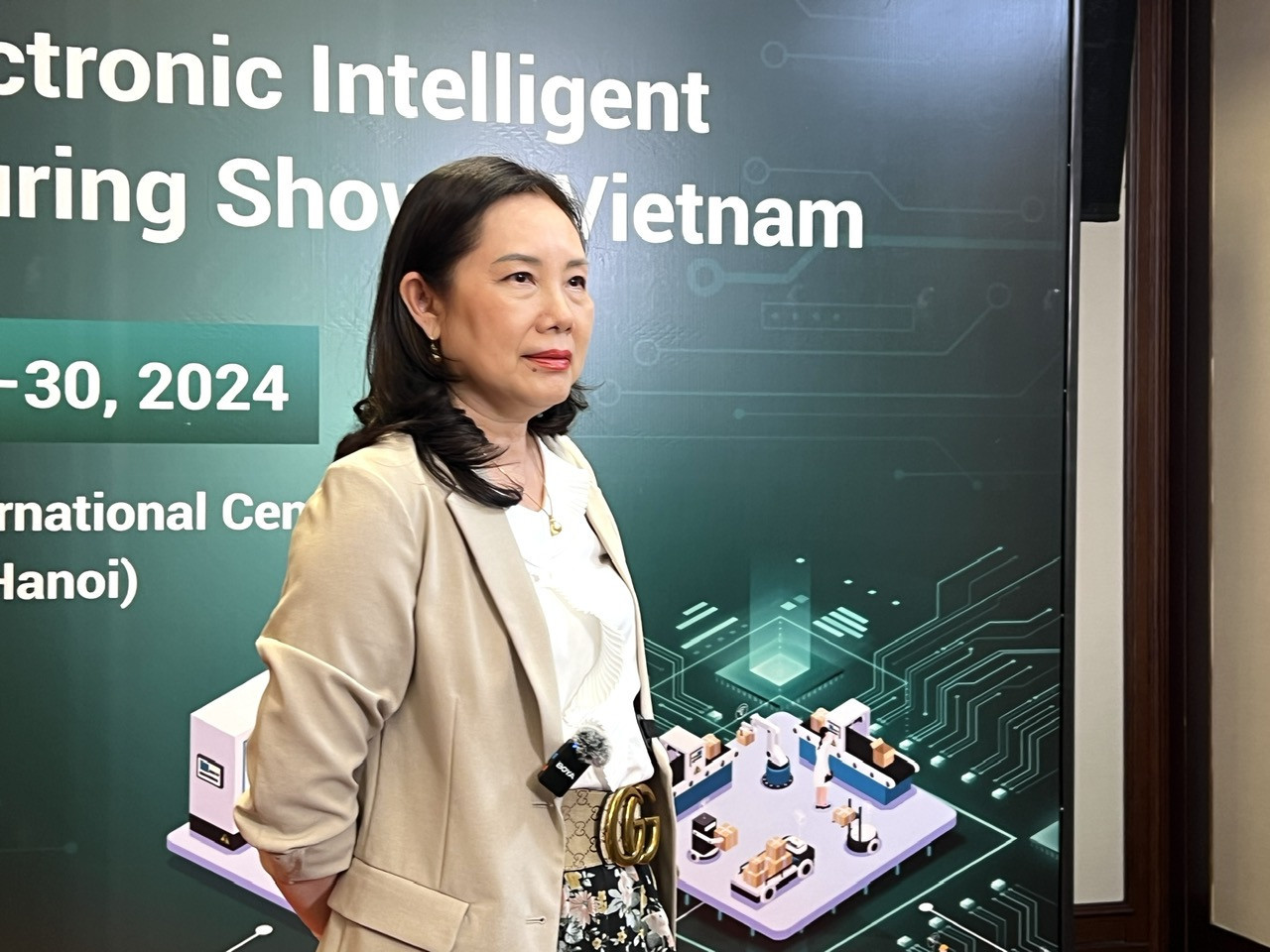
Where is Vietnam on the 'smile curve'?
“Vietnam has become an important production base of the global electronics industry supply chain with a series of big players coming to Vietnam to set up their factories,” said Do Thi Thuy Huong from VEIA (the Vietnam Electronic Industries Association).
Reports about large FDI (foreign direct investment) projects in the electronics industry show the names of electronics manufacturing giants, including Samsung (Samsung Electronics, Samsung Display) with eight investment projects in Vietnam, capitalized at $21.5 billion in total.
The second position belongs to LG (LG Electronics, LG Display) which has invested $4 billion in Vietnam. LG now provides OLED screens to Samsung and Apple.
In the third position is Intel, which has invested $1.75 billion in microchip manufacturing, and the giant is expanding research, testing and packaging.
The next positions on the list of the biggest foreign investors are Japanese technology firms, including Canon, Nokia and Panasonic. They have invested in consumer electronics, computers and peripherals. They are followed by other well known brands such as Fukang Technology, Ja Solar Vietnam, Luxshare, Foxconn, Pegatron, Wistron, Goertek, Everwin and JuTeng.
In late 2023, Amkor committed to invest in chip packaging with investment capital of $1.6 billion in Bac Ninh province.
In the first months 2024, more foreign investors poured capital into photovoltaic components and cells in some northern localities.
The presence of these big players has helped boost electronics exports. The electronics industry has been topping the list of manufacturing and processing fields, with turnover accounting for 30 percent of the country’s total export turnover.
According to the World Trade Report, Vietnam ranks second worldwide in wireless phone exports, and fifth in computer and computer parts exports.
“This is an impressing and praiseworthy achievement,” Huong said.
“When I visit India or work with the Indian Embassy, they always show their admiration for Vietnam in terms of electronics exports and say they can learn a lot from Vietnam."
However, the major role in the development of the electronics industry is still being played by FIEs (foreign invested enterprises). No Vietnamese enterprise can lead the supply chain.
“We undertake assembly, the last phase of the production line, which brings a thin profit margin and low added value, just 5-10 percent of total export value,” Huong said, adding that this is a weak point of the Vietnamese supply chain.
With the ‘smile curve’ value in the global supply chain, the highest values belong to R&D (research and development) activities, post-sale services, designing and marketing, while lower values belong to collection logistics, distribution logistics. The lowest belongs to the production phase.
Though succeeding in attracting technology giants, Vietnam is still at the bottom of the smile curve.
However, Huong hopes that the electronics industry can move up on the smile curve as the government has been making heavy investment to develop human resources for the, aiming to prepare a workforce to conduct the design phase.
Time to rise
The effect of the two-year Covid-19 pandemic is telling on the national economy now. Many Vietnamese businesses suffered during the pandemic and dissolved their traditional manufacturing units.
“The negative views of CEOs and leaders have big impact on workers and businesses’ strength when working with foreign partners. Therefore, businesspeople need to anticipate difficulties, prepare to cope, and maintain positive thoughts,” Huong said.
“We are just like a squad which is still weak. We need to apply firm defensive measures, grasp opportunities, catch up with trends, and make quick reactions,” Huong recommended.
The expert commented that Vietnamese enterprises appear to dream too big, while ignoring current opportunities.
“When we lead Vietnamese enterprises to attend international trade fairs, we can get small orders which fit Vietnamese enterprises’ capability. For example, a partner wanted to order small refrigerators to be put in hotels in Sweden and Norway. However, Vietnamese enterprises were indifferent to such orders,” Huong said.
“Vietnamese enterprises expect large orders. Don’t dream too high and miss opportunities,” she said.
She said that since the competition in the market is getting fierce, it would be better for Vietnamese enterprises to cooperate and share information about orders and payment conditions.
“If one enterprise can get big orders which go beyond its production capability, it should cooperate with partners to implement the orders. If so, Vietnamese enterprises will see other opportunities to come,” she said.
Binh Minh